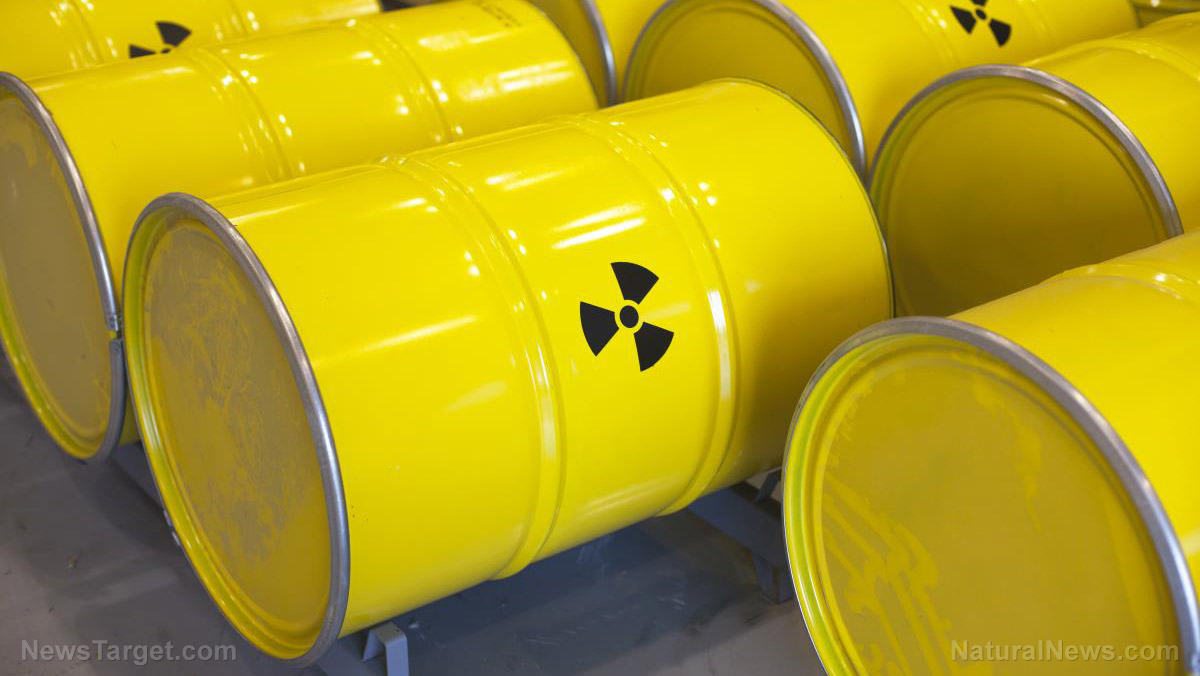U.S. one of the few major industrialized nations that has not entirely banned asbestos
11/30/2016 / By Daniel Barker

Despite the well-known health risks associated with asbestos exposure, the U.S. is one of very few industrialized nations that has not yet implemented a full ban on its use.
Asbestos has been used for well over a century in the manufacture of hundreds of products, from building materials to brake shoes. Its fire-, chemical- and electricity-retardant properties make it an extremely useful component in numerous products.
The only problem with this versatile and useful mineral is that it is also extremely toxic to humans.
The fact that asbestos poses a health risk – it is now known that asbestos causes lung cancer, mesothelioma and other serious respiratory ailments – was recognized by the turn of the 20th century, but until the 1970s, no regulations had been issued concerning its use.
Despite many attempts at introducing a ban, asbestos is still widely used in the U.S.
In 1973, the newly-created U.S. Environmental Protection Agency (EPA) issued a ban on most spray-applied asbestos-containing fireproofing and insulation under the 1970 Clean Air Act.
In 1989, the EPA passed the Asbestos Ban and Phase Out Rule, which was an attempt at implementing a full ban on the manufacturing, importation and sale of asbestos-containing products.
However, a legal challenge mounted by the asbestos industry was successful in having the ban overturned by a federal court in 1991. The court ruled that the EPA had failed to prove that a ban was the “least burdensome alternative” in dealing with the asbestos issue.
The Bush-era EPA didn’t appeal the ruling, but the court did provide a clarification that the ban “could apply to asbestos products that were not being manufactured, processed or imported on July 12, 1989, the day the EPA announced the ban.”

The six categories of asbestos products that could be banned according to that definition included commercial paper, corrugated paper, specialty paper, flooring felt, rollboard and new uses of asbestos.
By being able to ban new asbestos uses, the EPA was able to ensure that asbestos would not be re-purposed into other products. The partial ban also spurred the development of new asbestos substitutes.
But meanwhile, numerous asbestos products are still being manufactured and sold in the United States, including gaskets, brake pads, roofing materials, fireproof clothing and others.
Asbestos-related illnesses kill more than 10,000 Americans each year
And these products continue to make people sick – chronic illnesses related to asbestos exposure kill at least 10,000 people each year, and around 3,000 Americans per year are diagnosed with malignant mesothelioma caused by asbestos exposure. There is no “safe” level of exposure to asbestos.
In 2002, the Ban Asbestos in America Act (also called the Murray bill after its sponsor, Senator Patty Murray, D-Wash) was first introduced to Congress. The original version of the bill was also an attempt towards enacting a complete ban on asbestos.
From Asbestos.com:
“In 2007, the bill … passed the Senate, but died in the House of Representatives.
“The Murray bill would have prohibited the importation, manufacture, processing and distribution of products containing asbestos in the U.S. It covered all known types of asbestos and three other durable fibers with a similar structure to asbestos.”
The original bill also made provisions for further research, treatment, better record-keeping and programs designed to raise public awareness. But compromises filled the bill with loopholes, even before it had a chance to pass.
Another bill, The Bruce Vento Ban Asbestos and Prevent Mesothelioma Act, was introduced in 2008, but it also died in Congress.
Most of the rest of the developed world passed asbestos bans years ago; more than 50 nations now have full asbestos bans in place, including all of the EU, Australia, Iceland and others.
In corporate-owned America it’s a different story, but a familiar one – like Big Pharma, Big Agriculture and Big Oil, Big Asbestos tends to get what it wants.
Isn’t it time we join the rest of the civilized world and demand a complete ban on asbestos in the United States? For more information, and to find out how you can become involved in the effort to ban asbestos, visit the Asbestos.com website.
Sources:
Submit a correction >>
Tagged Under:
asbestos, ban, toxic substances
This article may contain statements that reflect the opinion of the author





















